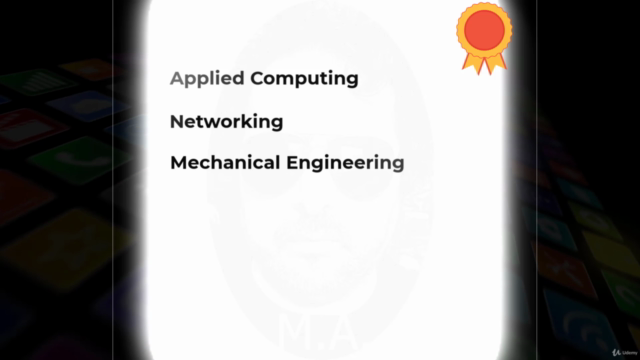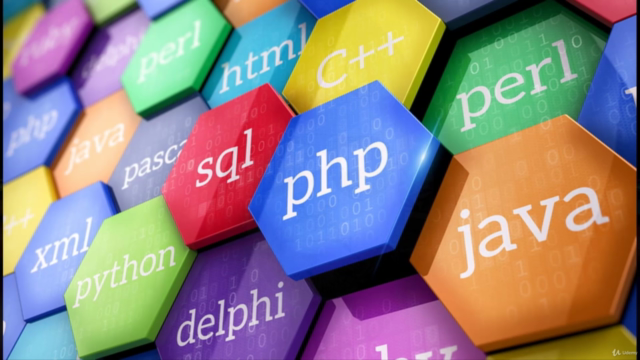Assembly Language x86 Processors for beginners

Why take this course?
🎓 Course Title: Assembly Language x86 Processors for Beginners
Headline: Master Assembly Language from Scratch with MASM & Irvine! 🚀
Course Description:
Embark on a journey to understand the inner workings of microprocessors that are compatible with Intel and AMD processors, specifically focusing on their 32-bit and 64-bit capabilities within Microsoft Windows. This course is your gateway to mastering Assembly Language using MASM (Microsoft Macro Assembler), which is readily available in the widely-used Microsoft Visual Studio suite alongside the Irvine library.
Why Take This Course?
- Hands-On Learning: Apply what you learn by programming in Assembly, enhancing your understanding and skill set.
- Better Debugging: Learn to troubleshoot and debug complex programs with precision and accuracy.
- Hardware Manipulation: Gain the ability to interact directly with hardware components for greater control and optimization.
- Data Representation Mastery: Understand binary, decimal, and hexadecimal systems and their applications in programming.
- Coding Flexibility: By learning Assembly, you'll be equipped to write programs that run efficiently at the most basic level of computing.
Who is this course for?
This course is ideal for those who have experience with high-level programming languages such as Python, Java, or C. If you're looking to delve into lower-level programming and understand the fundamental principles behind hardware operations, this course is perfect for you.
Course Highlights:
-
Number Systems and Data Representation: Dive into the world of binary, decimal, and hexadecimal systems, and learn how data is represented and manipulated at the lowest level.
-
Assembly Language Fundamentals: Get to grips with defining data types, understanding registers, and working with Mnemonics, Operands, Directives, Instructions, and labels.
-
Data Transfer Instructions: Master MOV, MOVZX, MOVSX, and XCHG instructions for efficient data movement within the processor.
-
Inderict Addressing: Learn how to use indexed operands and pointers to manipulate memory locations indirectly.
-
Arithmetic Operations: Perform addition and subtraction while understanding the impact of flags on these operations, and how to increment or decrement values using INC and DEC instructions.
-
Procedures and Stack Operations: Call procedures, manage stack parameters, and understand stack manipulation with POP, PUSH, and LEA instructions.
-
Logical and Comparison Instructions: Explore the logical operations of AND, NOT, OR, TEST, and XOR, as well as comparison instructions that form the basis for conditional logic.
-
Conditional and Loop Jumps: Understand unconditional jumps and a variety of conditional and loop instructions to construct complex control flows.
-
Shift, Rotate Instructions: Discover how to shift and rotate data with RCL, RCR, ROL, ROR, SHL, SHR, SHLD, and SHRD instructions for more advanced manipulations.
-
Multiplications and Divisions: Implement multiplication and division operations using MUL, IMUL, DIV, and IDIV instructions to perform mathematical computations at a low level.
What Will You Achieve?
By the end of this course, you will have a solid understanding of how microprocessors operate and how to program them using Assembly Language with MASM and Irvine. You'll be able to write, debug, and optimize low-level code for better performance, understand data structures and memory management, and gain insights into the fundamental architecture of Intel processors.
Enroll now and take your first step towards becoming an Assembly Language expert! 🤖✨
Course Gallery




Loading charts...